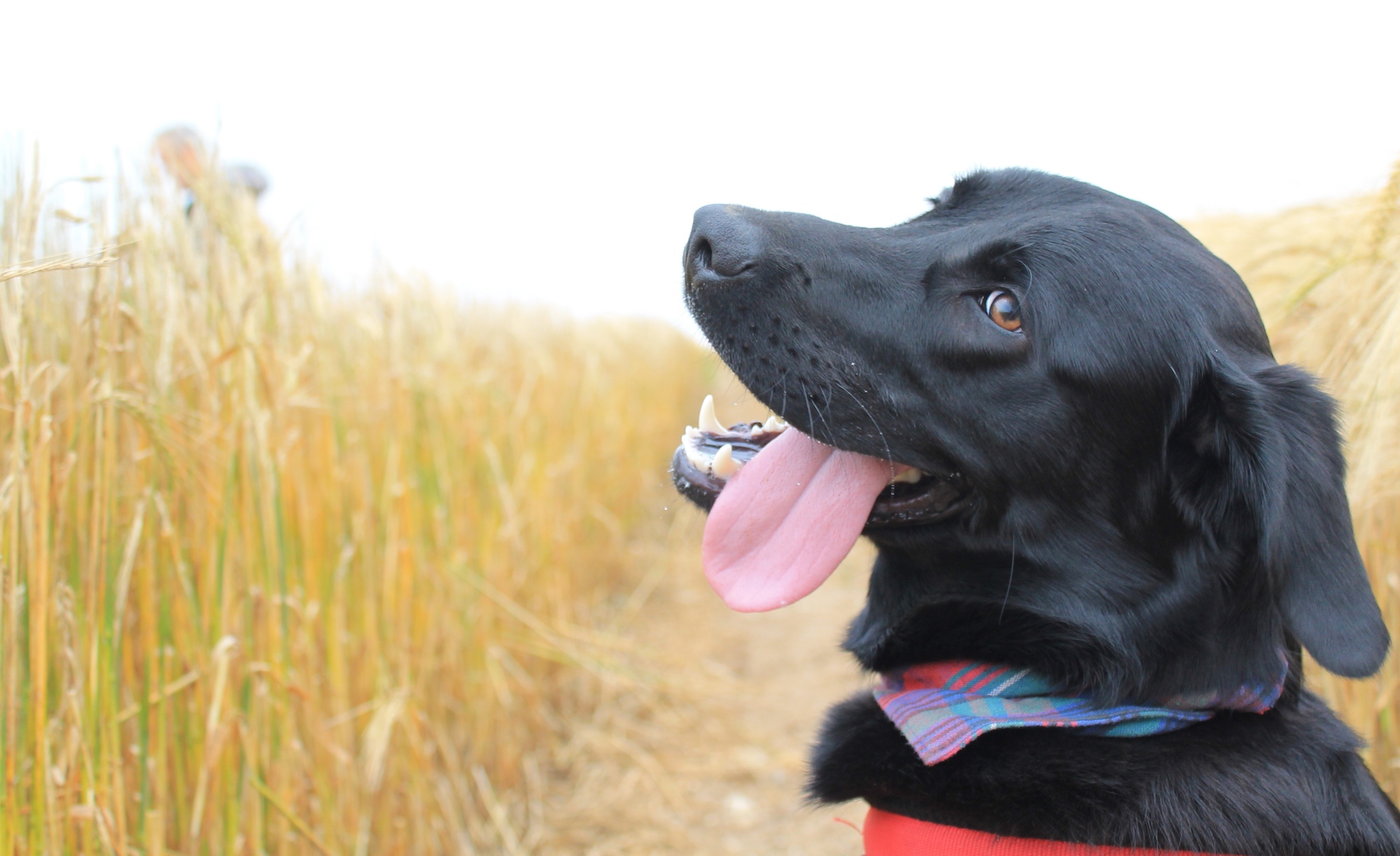Cushing’s disease, or hyperadrenocorticism, is an endocrine disorder that occurs most commonly in middle-aged or senior dogs, causing harmful overproduction of cortisol in the body. As in humans, cortisol is an important hormone that, when functioning normally, is released as a stress response for dogs. It also affects metabolism and weight gain, and helps regulate blood sugar levels. Too much cortisol in the body weakens the immune system and causes other complications, leaving a dog more vulnerable to infections and diseases. Unfortunately, dogs with Cushing’s disease have an increased risk for developing diabetes, blood clots, urinary tract infections, high blood pressure, and more.
Here’s what to know about Cushing’s disease in dogs, from what causes it to how to treat it.
What causes Cushing’s disease in dogs?
There are three different kinds of Cushing’s disease. The first, and most common, is caused by a tumor on the pituitary gland (this type accounts for close to 90% of Cushing’s cases). A pea-sized gland at the base of the brain, the pituitary plays a critical role in the endocrine system. This gland produces several hormones that help control other organs and body functions, including adrenocorticotropic hormone (ACTH). When a pituitary tumor forms, it leads to the overproduction of ACTH, which travels through the bloodstream to the adrenal glands, stimulating them to produce more cortisol than the body needs.
The second form of Cushing’s occurs when there’s a tumor on the adrenal glands. Your dog has two adrenal glands, located in the abdomen (tumors usually affect only one gland rather than both.) Not all tumors are cancerous, but even benign tumors can cause the adrenal glands to malfunction.
Excessive use of injectable oral or topical steroid medications causes the third type, known as iatrogenic Cushing’s disease. Vets prescribe steroids when they are essential to a patient’s care, but sometimes long-term overuse can prove problematic.
What are some signs of Cushing’s disease?
While there are different causes of Cushing’s, the signs of all forms of the disease are similar. They include the following:
- Excessive thirst, increased water consumption
- Need to urinate more frequently
- Increase in appetite
- Increase in urinary tract infections
- Increased risk of bacterial skin infections
- Excessive panting even while at rest
- Pot belly (enlarged abdomen)
- Muscle weakness
- High blood pressure
- Lethargy
- Lumpy skin or changes in skin texture/color
Note that not all dogs display clinical signs of Cushing’s disease in the same way. In general, it’s good to take any ongoing, concerning changes in your dog’s behavior seriously, and report them to your vet. Never dismiss changes in appetite, urination, or thirst by assuming these things happen simply because your dog is getting older. If you see that your dog is suddenly very thirsty all the time, excessively hungry, and urinating more frequently, there could be an underlying health condition like Cushing’s. Only a vet can help you determine the cause of these issues, and the best course of action to take for treatment.

How can I prevent Cushing’s disease in my dog?
Unfortunately, there is no sure way to prevent your dog from getting Cushing’s disease. Some dog breeds are predisposed to the condition, including poodles, dachshunds, Yorkshire terriers, Boston terriers, and German shepherds. Feeding your dog a healthy, balanced diet, ensuring they’re well hydrated, keeping them at a healthy weight, and providing regular veterinary care are the best strategies to safeguard your dog’s overall health.
How is Cushing’s disease diagnosed?
Before diagnosing a dog with Cushing’s disease, veterinarians will first want to rule out other health problems. They may conduct blood tests and other screenings such as a urinalysis and imaging scans. If your vet suspects the Cushing’s is adrenal-dependent, they will typically do an abdominal ultrasound to detect the presence of adrenal gland tumors. In some cases, your vet will need to do chest and abdomen X-rays to check whether there are tumors elsewhere in the body.
How is Cushing’s disease treated?
Along with other factors, the type of Cushing’s disease (adrenal-based or pituitary) is important, and will determine what course of treatment is prescribed by your vet. Each kind of Cushing’s has a different treatment and a different prognosis.
For pituitary-based Cushing’s, most vets will prescribe one of a few different medications to help manage the disease. Some medications work to suppress cortisol; others help manage blood pressure or block different hormone receptors. Surgery may be an option in rare cases.
The best hope for a cure is when the disease is adrenal-based and the tumor has not yet spread. In these cases, the tumor can be surgically removed, but surgery is not an option for all dogs. Medications used to treat pituitary-based Cushing’s would come into play here.
If the diagnosis is iatrogenic Cushing’s, your vet will stop steroid medication dosages in a controlled and gradual manner to reduce the severity of symptoms.
Outside of a successful surgery or a reduction in steroid use, Cushing’s is typically a lifelong condition that may be managed rather than cured. The prognosis varies, with some dogs living just a few years with Cushing’s, and others living longer. Because the disease occurs commonly in older dogs, there may be other unrelated health complications impacting a dog’s lifespan.
You can help your dog live more comfortably with Cushing’s disease through diligent care, which includes regular blood work and checkins with your vet, and keeping up with medication as directed. You can also talk with your vet about whether there are holistic treatments to consider. As with any health condition, following your vet’s guidance is the best thing you can do for your dog.




